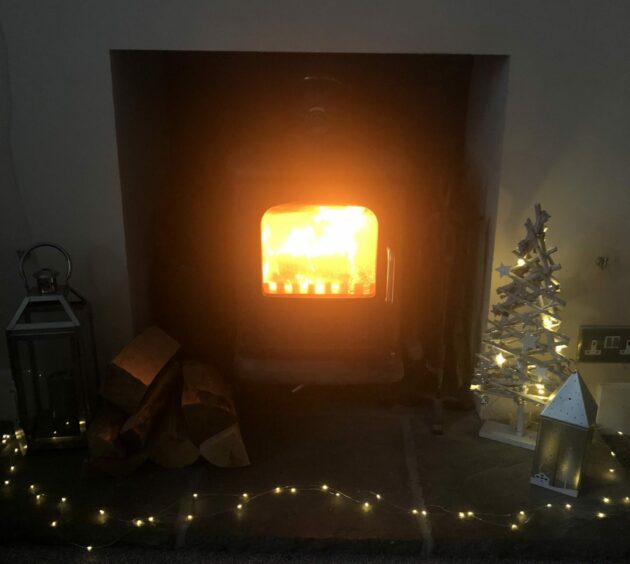What is the best way to keep yourself warm at home this winter? We asked an expert for advice as the cold snap hit hard across the north and north-east?
When it comes to the best options one of the most important things you will be wanting to watch out for is cost effectiveness.
Energy efficiency and effectiveness are also important.
With energy bills soaring, many of us are looking for ways to heat our homes without spending a fortune.
Rose Logan, director at Turriff-based North East Boiler Sales and Services, said: “It’s really down to making sure your radiators are all working and sized for the room you are in most of the time.
“Keep the boiler serviced when you can. It reduces the chance of a major breakdown.”
So, what are the options?
Electric heaters
These provide immediate heat but make sure yours has a good efficiency rating to reduce cost of use.
Used properly they can be economical, particularly for heating bedrooms and occasional use in colder parts of the house.
“Some of them can be pricey to run, Ms Logan said, adding: “You get fan heaters which get heat into the room but they can be expensive, as can oil radiators.
“Unless you are on mains gas, which is the cheapest way to run anything, then most things are expensive.”
Electric blankets
These are becoming more energy efficient. The versatile warmers will keep your bed snug or keep you cosy, while sat on the sofa, and they’re also fairly cost-efficient to run.
According to energy regulator Ofgem, as of October 2022, one kilowatt hour (kWh) of electricity costs about 52p – a significant increase from April this year, when 1kWh cost 20p.
A 100-watt electric blanket at 52p per kWh would cost just over 5p to run at full power for an hour.
Using a low wattage electric blanket can keep your heating costs to a minimum and they use much less energy than portable heaters.
But it is important to use them with care. Unplug blankets before you get into bed, unless there is a thermostat control for safe all-night use.
If your blanket gets wet, don’t use it and never switch it on to dry it.
Do not buy second-hand electric blankets, check them regularly for wear and tear, and replace them at least every 10 years.
Ms Logan said: “Some of those fleece throws are also worth thinking about, especially for the elderly.”
Log burners
You can expect, on average, to pay between £1,000 and £2,500 to install a wood-burning stove, depending on the size and type of stove, the availability of a suitable chimney or flue, and any additional work that may be required – such as fitting a fireplace and hearth.
Once installed, you need to factor in the cost of keeping it running.
Ms Logan said: “We’ve got great demand at the moment for log-burning stoves. For some manufacturers, we are now looking into the new year until you can get them.”
Replace/service your boiler
It is recommended you get your boiler serviced every year.
Ms Logan said: “If you get the boiler serviced every year, there’s less chance of something going drastically wrong, especially in this frosty weather.
“The best thing to do if you are going away for a couple of days or a week is to keep the boiler on but on a timed system, so the circulation pump is working away.
“If that seizes, then it causes a problem when you come back – no heating and freezing pipes.”
Solar power
Solar electricity panels, also known as photovoltaics (PV), capture the sun’s energy and convert it into electricity you can use in your home.
By installing solar panels you can generate your own renewable electricity.
A solar PV panel consists of many cells made from layers of semi-conducting material, most commonly silicon. When light shines on this material, a flow of electricity is created.
The cells don’t need direct sunlight to work and can even work on cloudy days, however, the stronger the sunshine, the more electricity generated.
You can check online to see if you can get a Scottish Government grant at www.homeenergyscotland.org.funding/grants-loans




Conversation